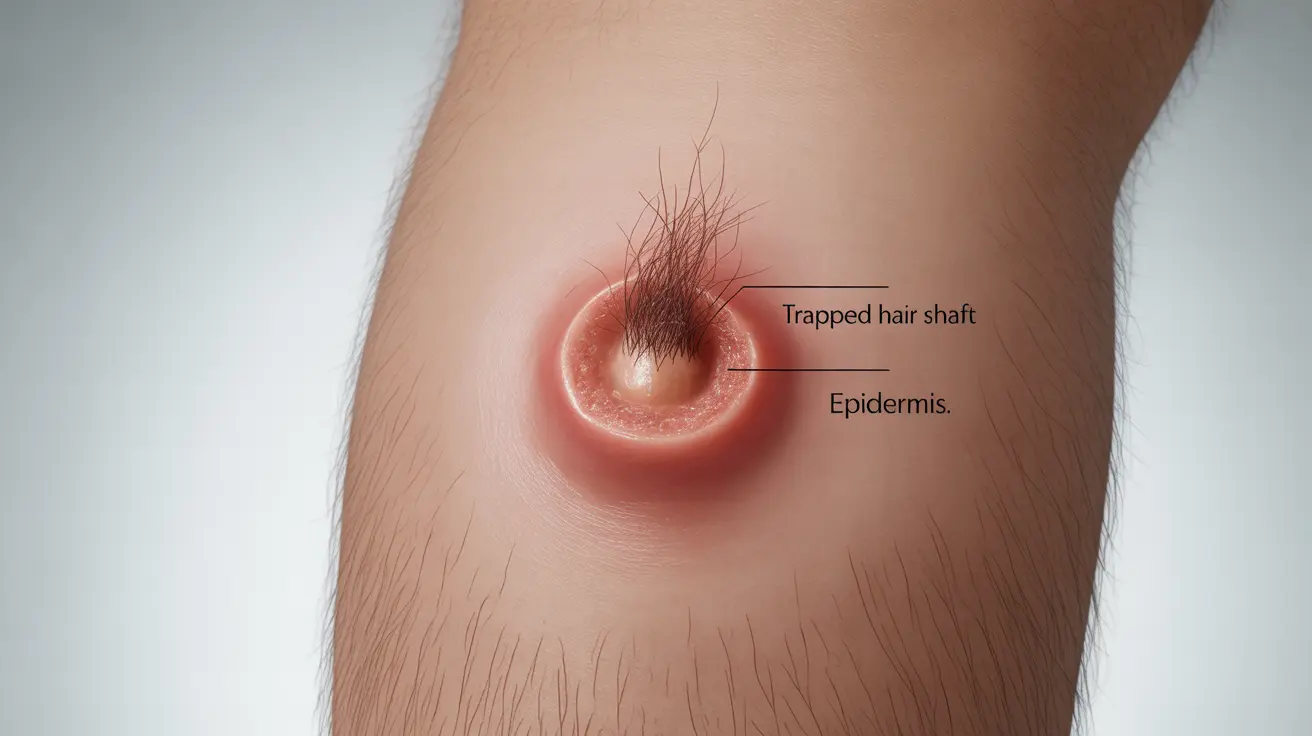Experiencing an ingrown hair on the penis can be both uncomfortable and concerning. This common condition occurs when hair grows back into the skin instead of rising up from it, potentially causing irritation, discomfort, and visible symptoms. Understanding how to identify, treat, and prevent this condition is crucial for maintaining proper genital health and hygiene.
This comprehensive guide will help you understand the causes, symptoms, and treatment options for penile ingrown hairs, along with important prevention strategies and signs that indicate when medical attention is necessary.
Identifying Signs and Symptoms
Recognizing an ingrown hair on the penis early can help prevent complications and ensure proper treatment. Common signs include:
- Small, round bumps that may be red or skin-colored
- Tenderness or mild pain in the affected area
- Itching or irritation
- Small dark spot under the skin (the trapped hair)
- Possible inflammation or redness around the bump
Causes and Risk Factors
Several factors can contribute to the development of ingrown hairs on the penis:
- Improper shaving or grooming techniques
- Tight clothing causing friction
- Coarse or curly hair type
- Dead skin cell buildup
- Aggressive hair removal methods
Safe Home Treatment Methods
When dealing with an ingrown hair on the penis, gentle treatment approaches are essential:
Immediate Care Steps
- Clean the area with mild soap and warm water
- Apply a warm compress for 10-15 minutes
- Use gentle exfoliation techniques
- Keep the area clean and dry
Topical Treatments
Several over-the-counter options can help manage symptoms:
- Antibacterial creams to prevent infection
- Gentle exfoliating products
- Tea tree oil solutions (diluted)
- Aloe vera for soothing
Prevention Strategies
Taking preventive measures can significantly reduce the occurrence of ingrown hairs:
- Use proper shaving techniques (shave in the direction of hair growth)
- Keep razors clean and sharp
- Exfoliate regularly but gently
- Consider alternative hair removal methods
- Wear loose-fitting underwear
When to Seek Medical Care
While most ingrown hairs resolve on their own, certain symptoms warrant medical attention:
- Signs of infection (increased redness, swelling, or pus)
- Persistent pain or discomfort
- Fever or general illness
- Multiple recurring ingrown hairs
- Symptoms that don't improve with home treatment
Frequently Asked Questions
What are the common signs and symptoms of an ingrown hair on the penis? An ingrown hair on the penis typically presents as a small, round bump that may be red or skin-colored. Common symptoms include tenderness, mild pain, itching, and visible trapped hair beneath the skin's surface.
How can I safely treat an ingrown hair on my penis at home? Safe home treatment includes keeping the area clean, applying warm compresses, gentle exfoliation, and using over-the-counter antibacterial creams. Avoid picking or forcefully removing the hair.
What causes ingrown hairs on the penis and how can I prevent them? Ingrown hairs are typically caused by improper shaving techniques, tight clothing, and dead skin buildup. Prevention includes using proper shaving methods, keeping the area clean, regular gentle exfoliation, and wearing loose-fitting underwear.
When should I see a doctor for an ingrown hair on the penile shaft? Seek medical attention if you notice signs of infection (increased redness, swelling, or pus), experience persistent pain, develop a fever, or if symptoms don't improve with home treatment.
Is it safe to shave or wax the pubic area if I frequently get ingrown hairs on my penis? If you're prone to ingrown hairs, consider alternative hair removal methods or modify your technique. Use sharp razors, shave in the direction of hair growth, and always use shaving cream. Some people may need to avoid certain hair removal methods altogether.




